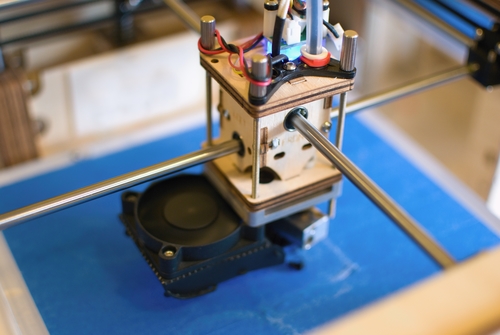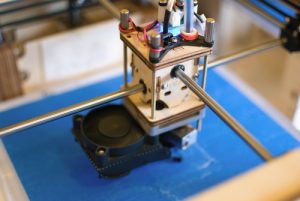Understanding The Use Of Fasteners On 3D Printed Parts

Captive Nut

A captive nut or a hex nut can be accommodated by designing a slot into the printed part and sliding the nut into a cavity at right angles to the axis of the screw. Outstanding insert strength and easy installation are the major benefits of using captive nuts. They also have a superior impact on the designing of the parts.
Threaded Insert
This is one of the most commonly employed methods of fastening. Threaded inserts provide a robust surface for threaded Grade 8 steel screws, enhancing the capability of resisting wear and tear, and eliminating the chances of cross threading or stripping. The two most common types are; external threading and heat set threading.
- External threading provides a conduit between wider screw pitch suitable to plastic and narrow pitch. Before the introduction, a hole is tapped for the external thread to insert, which also offers excellent pullout strength. Care has to be taken while tapping holes in fragile materials, as they can break or cause disorientation in the alignment, thus compromising the joints. You can apply glue on the external threads to avoid involuntary rotation of the screws.
- In a heat-set threading, a soldering iron is used to press the inserts inside the interference hole. The molten plastic gets solidified in the ridges of the inserts and prevents pullout or unscrewing. For this purpose, thermoplastics are used to provide good strength and ease of installation. Any other kind of material may cause a fissure in the inserts by expanding the hole beyond the configuration.
Blind Rivets
For the creation of hinge joints or stitching smaller components together, blind rivets are the preferred choice. In comparison to the nut-screw system, you need only one side reachable to install the rivets in narrow lengths of varying size, depending upon the match required for a specific application. For stronger joints you can have long rivets that provide scope for brass washers. Although you need to be cautious while operating the rivet tool, in order to save the printed part from any form of physical stress.
Grooved Clevis Pin
Apart from functioning as a hinge pin, it requires a very little amount of clearance over the ridged end, which is an added advantage with this fastener. Care must be taken while installing or removing the retaining ring with the pliers, since that can leave scratches on the surface of the 3D printed part. Given the fixed length of clevis pins, you need to design the print accordingly to suit the dimension. Because of their shallow groove and thin ring, they are normally employed for applications pertaining to shear-load, thanks to their superior shear strength and load bearing capacity.
About the Author

Started my career in the fastener world in 1969 at, Parker Kalon Corp. a NJ based screw manufacturer located in Clifton, NJ working in inventory control, scheduling secondary production and concluding there in purchasing. In 1971 I accepted a sales position at Star Stainless Screw Co., Totowa, NJ working in inside sales and later as an outside salesman, having a successful career at Star I had the desire with a friend to start our own fastener distribution company in 1980 named: Divspec, Kenilworth, NJ. This was a successful adventure but ended in 1985 with me starting Melfast in August 1985 and have stayed competitive and successful to date. Melfast serves the OEM market with approximately 400 accounts nationally.